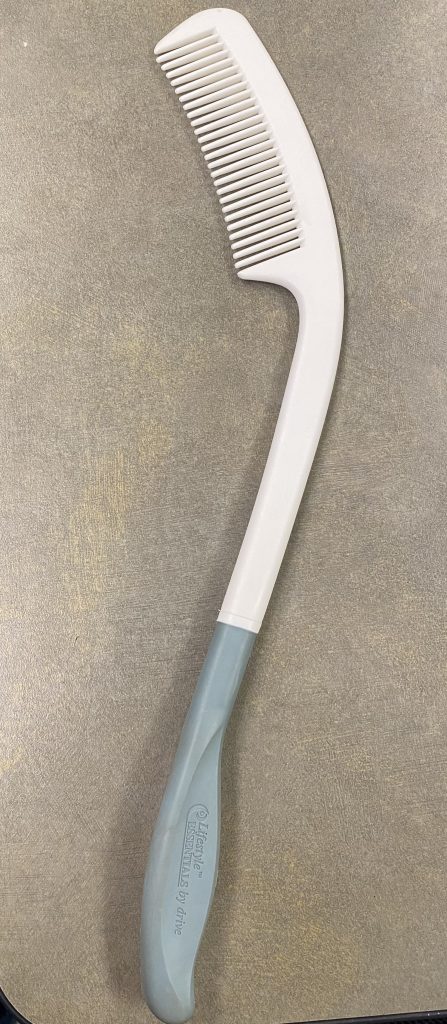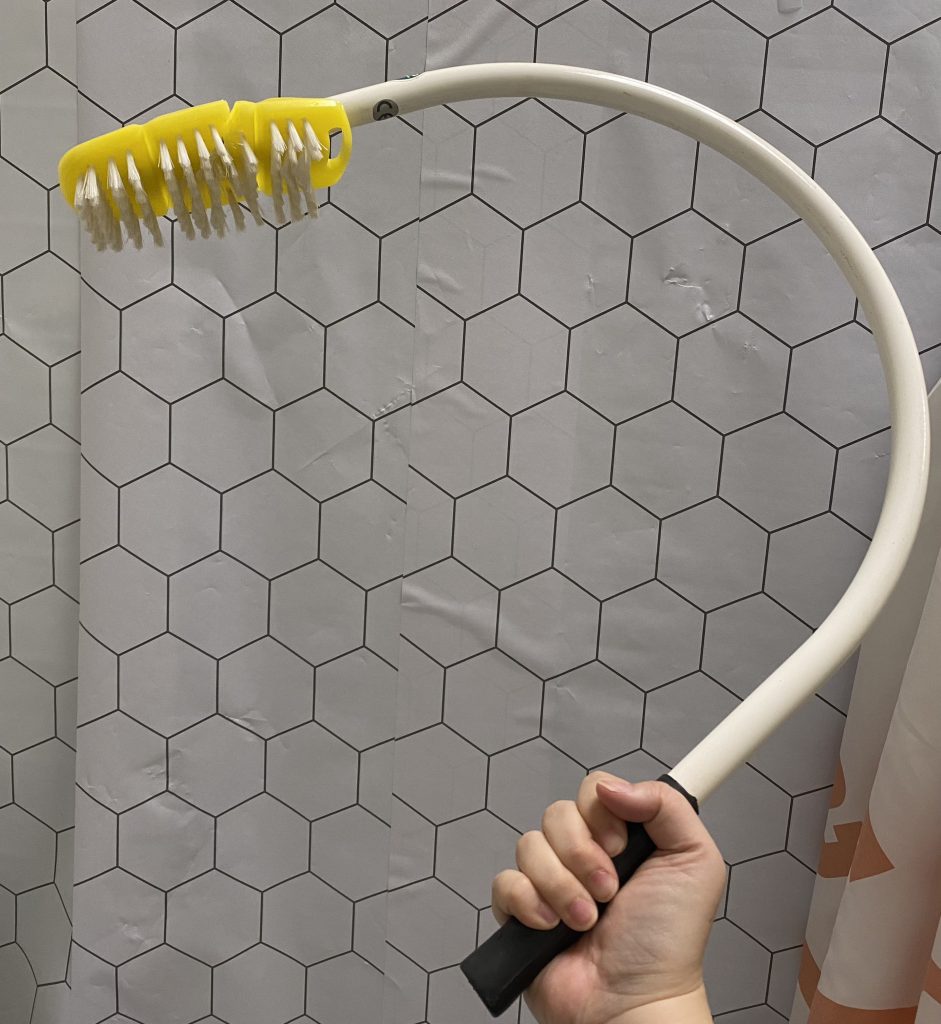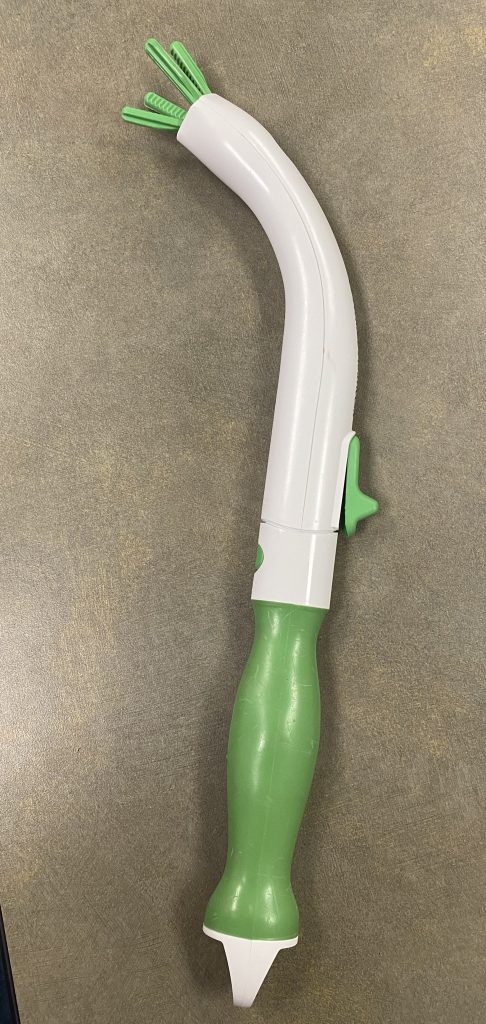Aids of Daily Living
Aids for daily living (ADLs) encompass a broad range of assistive devices that enhance a person’s ability to perform everyday tasks at home independently. The scope of ADLs includes eating, clothing, housing, and hygiene, including adaptive utensils, kitchen tools, adjustable household switches, modified hygiene equipment, etc. These tools compensate for physical limitations and promote autonomy, comfort, and efficiency in daily routines. These aids are highly diverse and personalized, designed to accommodate individual differences and support independent living.
There are numerous and diverse types of ADLs. Here are a few examples.
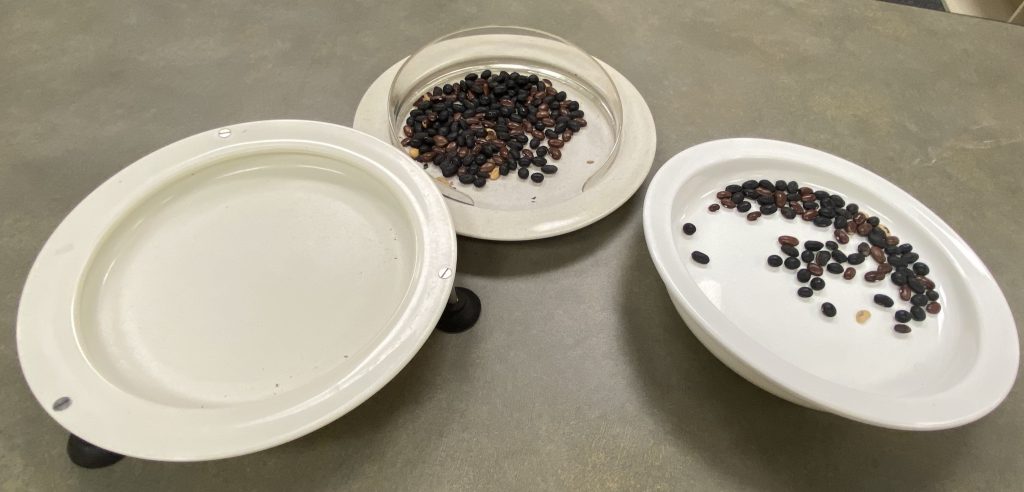
Adapted plates
Raised edges help users scoop food more easily.
The plates with suction bases secure plates firmly to tables and prevent slips.
Adapted utensils
The utensils with thick, easy-to-grip handles and bendable heads allow users to adjust angles effortlessly to suit individual needs and improve dining independence.

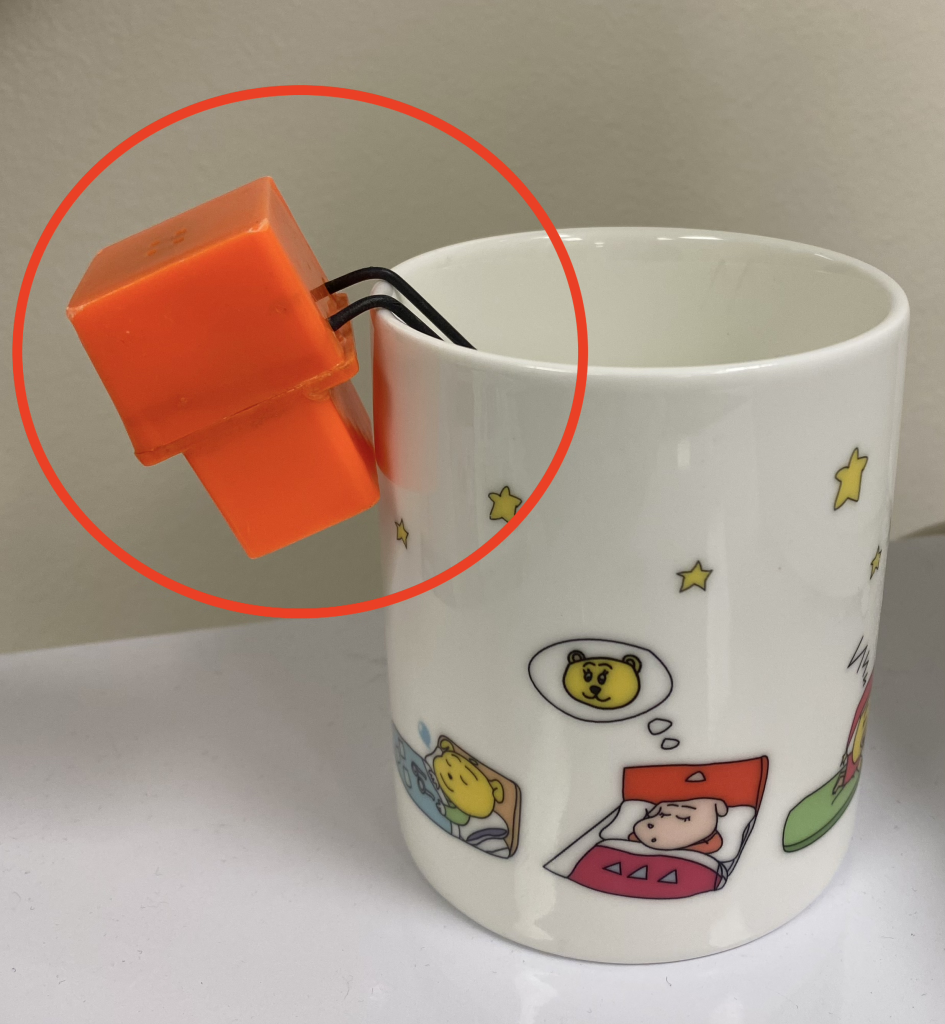
Liquid level detector
The sensor at the tip of the probe detects liquid levels. It beeps to alert users when the drink reaches the probe and prevents spills or overflows.
Adapted clothes
Adapted clothes come in various forms, including tops, pants, skirts, dresses, and even jewelry. Modifications also differ widely and appear discreetly. Some garments replace buttons with magnets, while others are designed for easier dressing and undressing. For instance, the T-shirt shown here features sleeves that can be opened completely and allows users to dress without raising their arms.
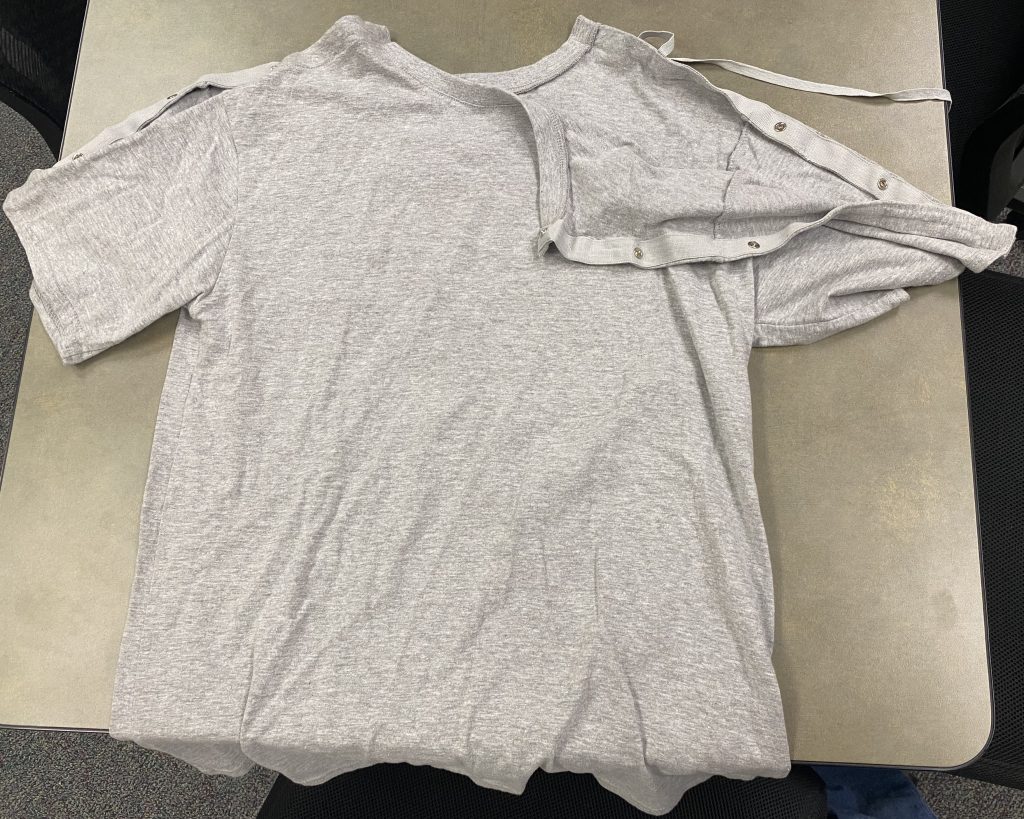
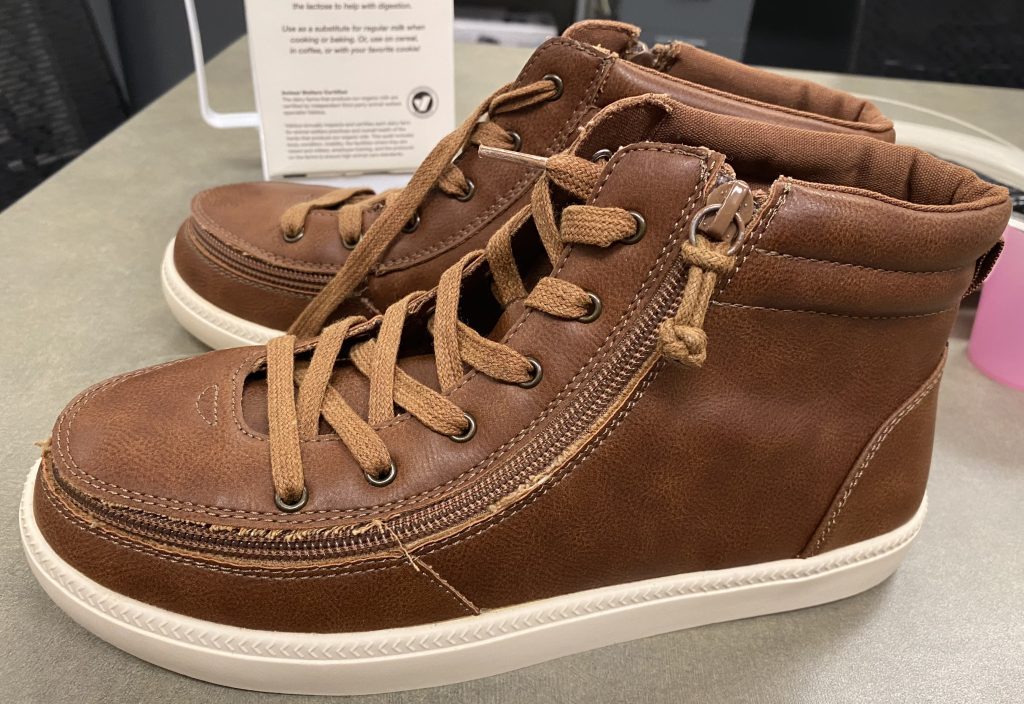
Adapted shoes
Zippers or slip-in designs make shoes easier to wear. Various types of adapted shoes reduce the need for adjustments and allow users’ feet to slide comfortably into place.
Long-neck Design
The long-neck design reduces upper-arm movements during tasks such as combing hair or washing the back, helping users independently perform daily hygiene routines.
